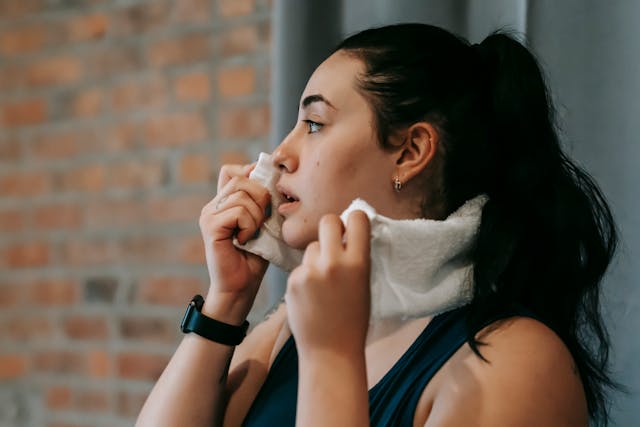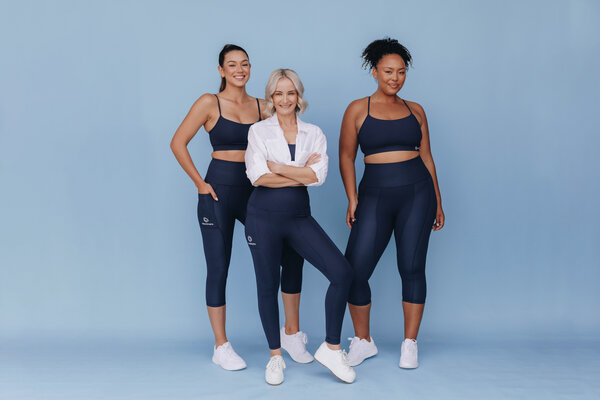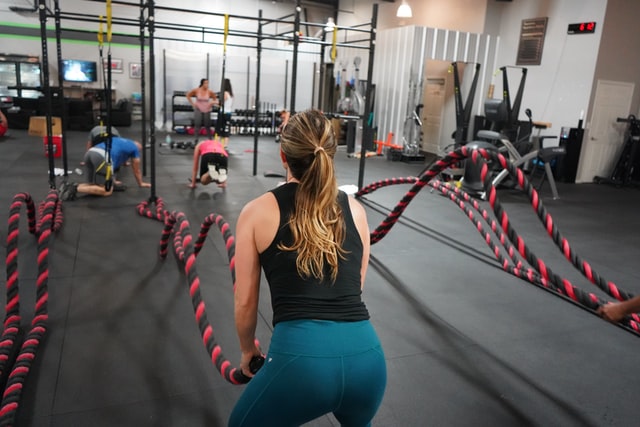Swimming is an excellent cardiovascular exercise for people of all ages. Whether you want to lose weight, build endurance, strengthen your muscles, or improve your flexibility, here are six tips for first-time swimmers.
Secure The Proper Swimming Gear
As a beginner, securing the right swimming equipment is vital. Choose high-quality swimwear that you feel safe and comfortable wearing. For men, the usual swimwear is either swim trunks or swim briefs, while a one-piece swimsuit is ideal for women. Some other swimming beginner essentials you need are swim goggles and swim caps, while a kickboard, hand paddles, swim fins, and pull buoy are optional.
Set Realistic Swimming Objectives
Setting feasible goals can help you become a great swimmer. Set short and long-term goals, and refrain from placing unnecessary pressure on yourself. Regardless of whether you’re an athlete or relatively good at sports, you should be realistic with your expectations and remember to be patient with your progress.
Don’t be discouraged if you’re unable to master floating or perfect the different swimming strokes. Learn at your own pace and avoid comparing yourself with other swimmers. While swimming is generally safe for most people and is even recommended for people with asthma or CMT1, it is still essential that you consult with your doctor first to ensure you remain physically healthy.
Seek Professional Help
While you can learn to swim independently, getting the help of a professional swimming instructor can increase your efficiency and competency as a swimmer. Aside from correcting your swimming techniques, swimming teachers can also provide unbiased and healthy feedback that can help build your confidence in the water. Look for a reputable and qualified swimming instructor with whom you feel comfortable and who has the necessary certifications.
Stretch Before Swimming
Stretching or warming up before every swim is essential to prevent injuries and ensure optimal performance. While you don’t need to overexert yourself, you need to choose warm-up exercises that can efficiently prepare your body for the demands of swimming. Some workouts you can do include jumping jacks, squats, arm swings, arm circles, lunges, and high knees.
Do Not Panic
One of the biggest mistakes you can make as a beginner is panicking in the water. Even if you’re afraid of the water, you must not let it consume you when swimming, as it can lead to life-threatening consequences, such as drowning. Since you’re still learning to swim, it is best to have someone swimming-competent always supervising you. If you’re by yourself, stay within the shallow area of the pool and make sure that there’s a lifeguard nearby.
Learn The Correct Breathing Technique
Mastering the proper breathing approach is essential when swimming. Improper breathing can make your journey more difficult and less enjoyable. Always exhale when your face is down in the water, and refrain from holding your breath, as it can cause you to panic or breathe in unhealthy intervals.
Endnote
Learning to swim need not be difficult. Be mindful of your body position, learn the basics, and don’t be embarrassed to seek professional guidance.



